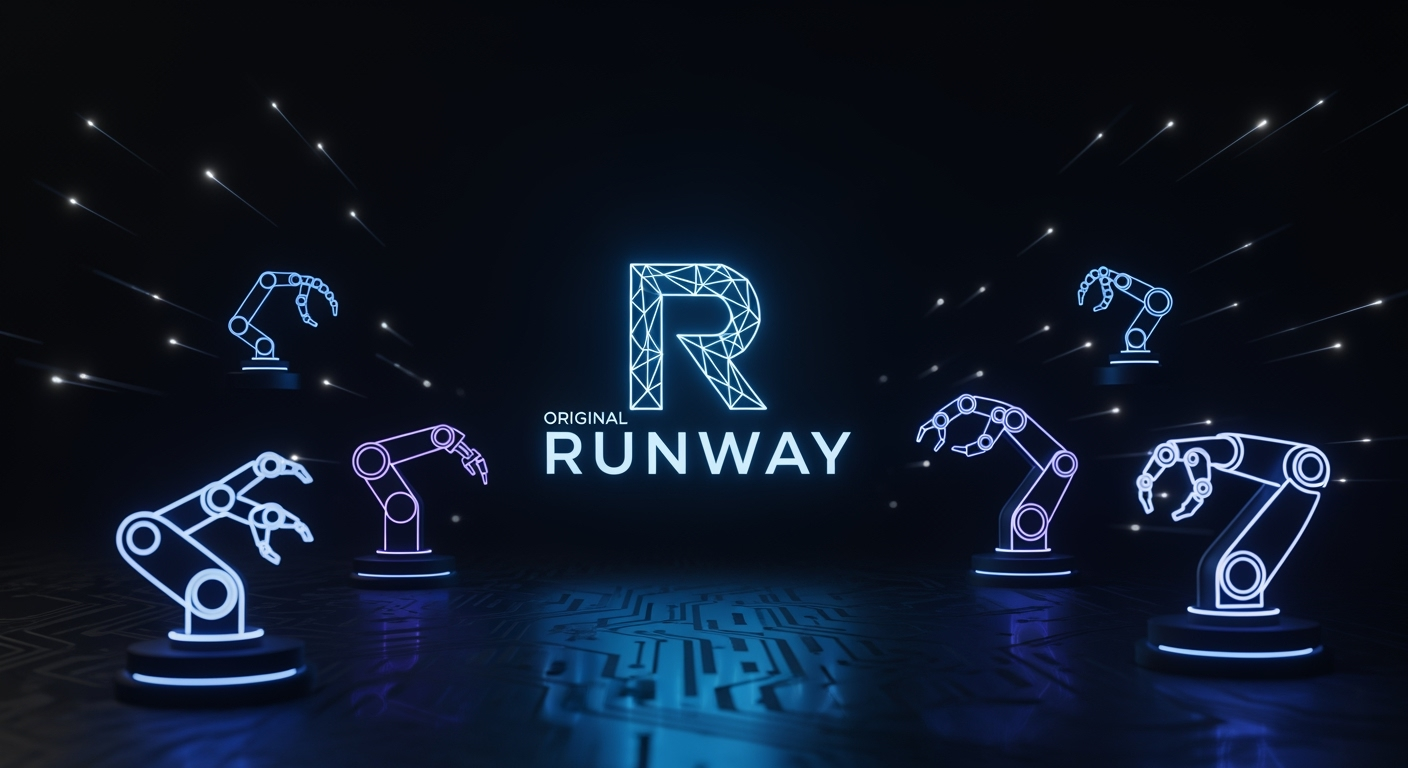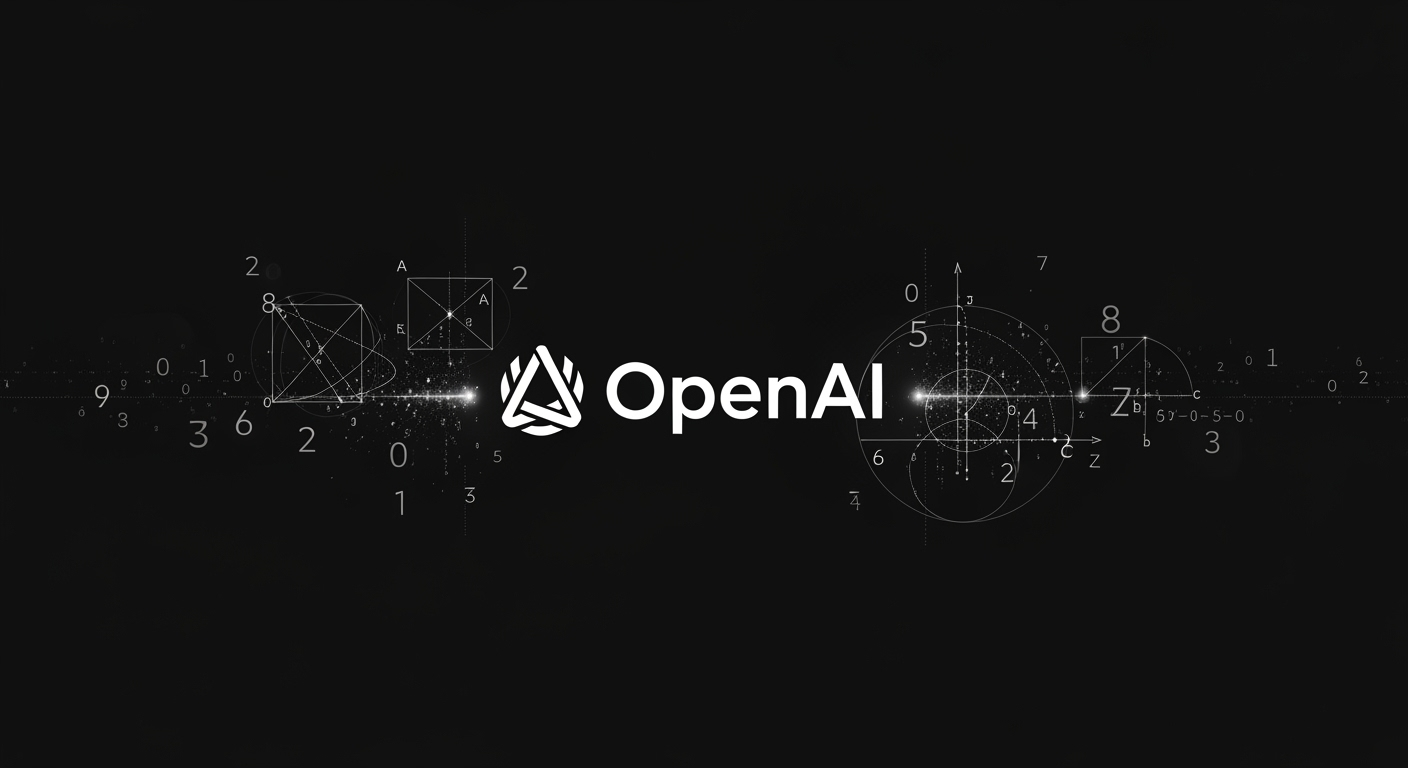Runway Expands AI World Models Into Robotics and Self-Driving Industries

Runway Expands AI World Models Into Robotics and Self-Driving Industries
Runway, a New York-based AI company best known for its visual generation tools, is charting a new course by targeting the robotics sector for its next wave of growth. Having spent the last seven years developing advanced video and photo generation models for creative professionals, Runway is now seeing strong demand from robotics and autonomous vehicle companies eager to leverage its world simulation technology.
From Creative Tools to Industrial Simulations
Originally focused on serving artists and content creators, Runway has released state-of-the-art models like Gen-4 for video generation and Runway Aleph for video editing. As these models have become increasingly realistic, new opportunities have emerged far beyond entertainment.
According to co-founder and CTO Anastasis Germanidis, inquiries started arriving from robotics and self-driving car companies interested in using Runway's technology for high-fidelity training simulations. These industries need cost-effective, scalable ways to train their AI systems—something that Runway's simulated worlds can provide.
Why Robotics Companies Are Interested
- Cost-Effective Training: Real-world training for robots and autonomous vehicles is expensive, slow, and difficult to scale. Simulation models help companies test more frequently and safely.
- Precise Scenario Control: AI-generated environments allow for the testing of specific actions or events without changing the whole scenario, which is nearly impossible to achieve in the physical world.
- Rapid Iteration: Developers can simulate countless variations, such as different driving conditions or robot movements, to see how their systems react.
Germanidis notes, "You can take a step back and then simulate the effect of different actions… Creating those rollouts from the same context is a really difficult thing to do in the physical world, to basically keep all the other aspects of the environment the same and only test the effect of the specific action you want to take."
Industry Momentum and Strategic Shifts
While Runway did not initially envision its models being used in robotics or autonomous driving, the company is now actively building a dedicated team for these sectors. Rather than releasing entirely new models, Runway plans to fine-tune its existing world models for industrial applications.
This approach is in line with broader industry trends. For example, Nvidia recently unveiled its latest Cosmos world models, also aimed at physical AI applications in robotics and infrastructure (read more).
Investor Confidence and the Road Ahead
Runway's expansion into robotics is supported by a strong investor base, including Nvidia, Google, and General Atlantic. The company has raised over $500 million and currently holds a $3 billion valuation. Investors are optimistic about the power of simulation technologies to reshape not just entertainment, but a wide range of industries that rely on training AI for real-world tasks (source).
Conclusion
Runway’s foray into robotics signals a new phase for generative AI—one where simulated worlds are not just creative playgrounds, but essential tools for building the future of automation and self-driving technologies. As the boundaries between digital and physical training environments blur, businesses across sectors are likely to benefit from these advancements in simulation and AI modeling.
References
- "We think that this ability to simulate the world is broadly useful beyond entertainment, even though entertainment is an ever increasing and big area for us."
- "You can take a step back and then simulate the effect of different actions… Creating those rollouts from the same context is a really difficult thing to do in the physical world, to basically keep all the other aspects of the environment the same and only test the effect of the specific action you want to take."





